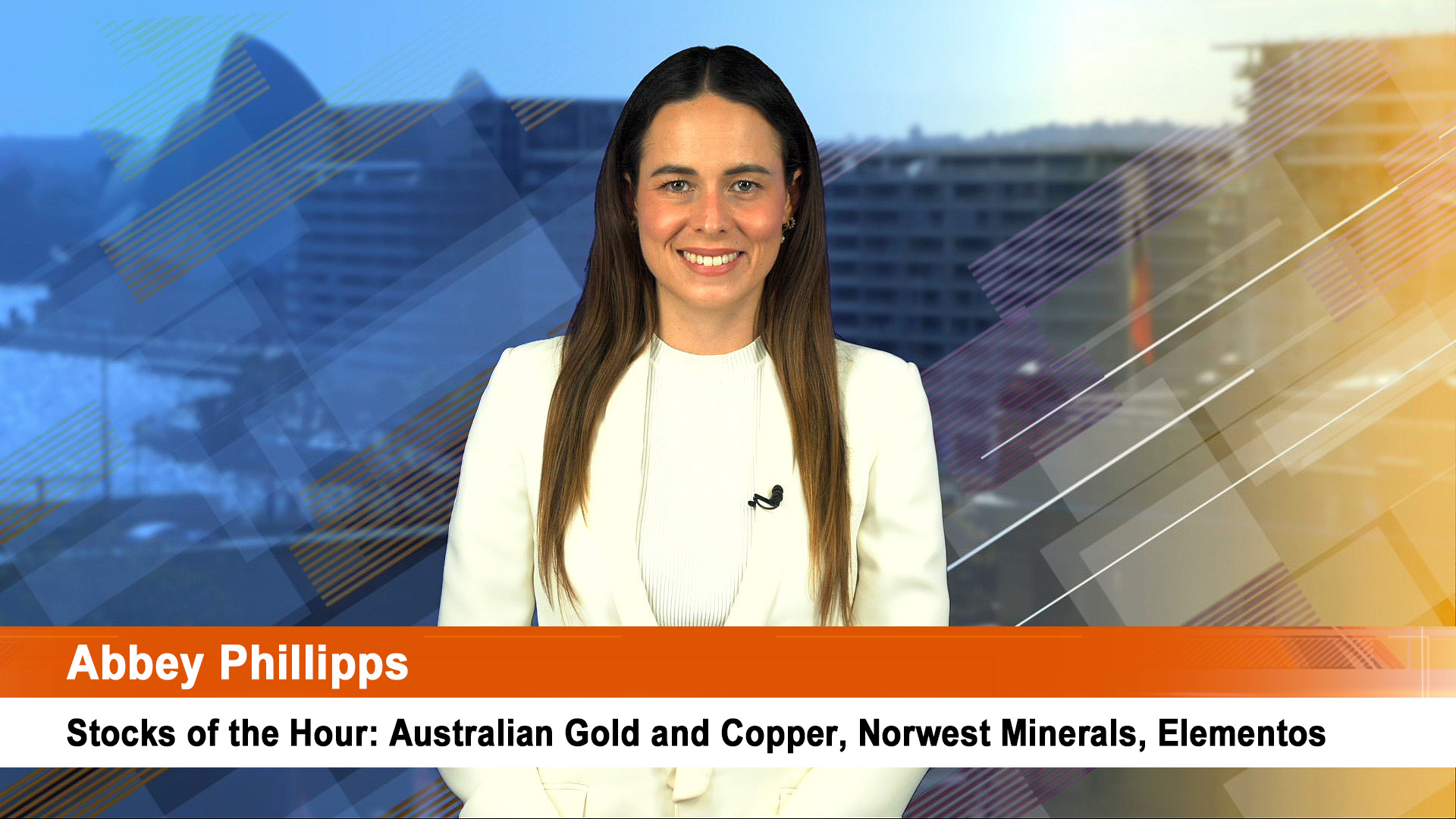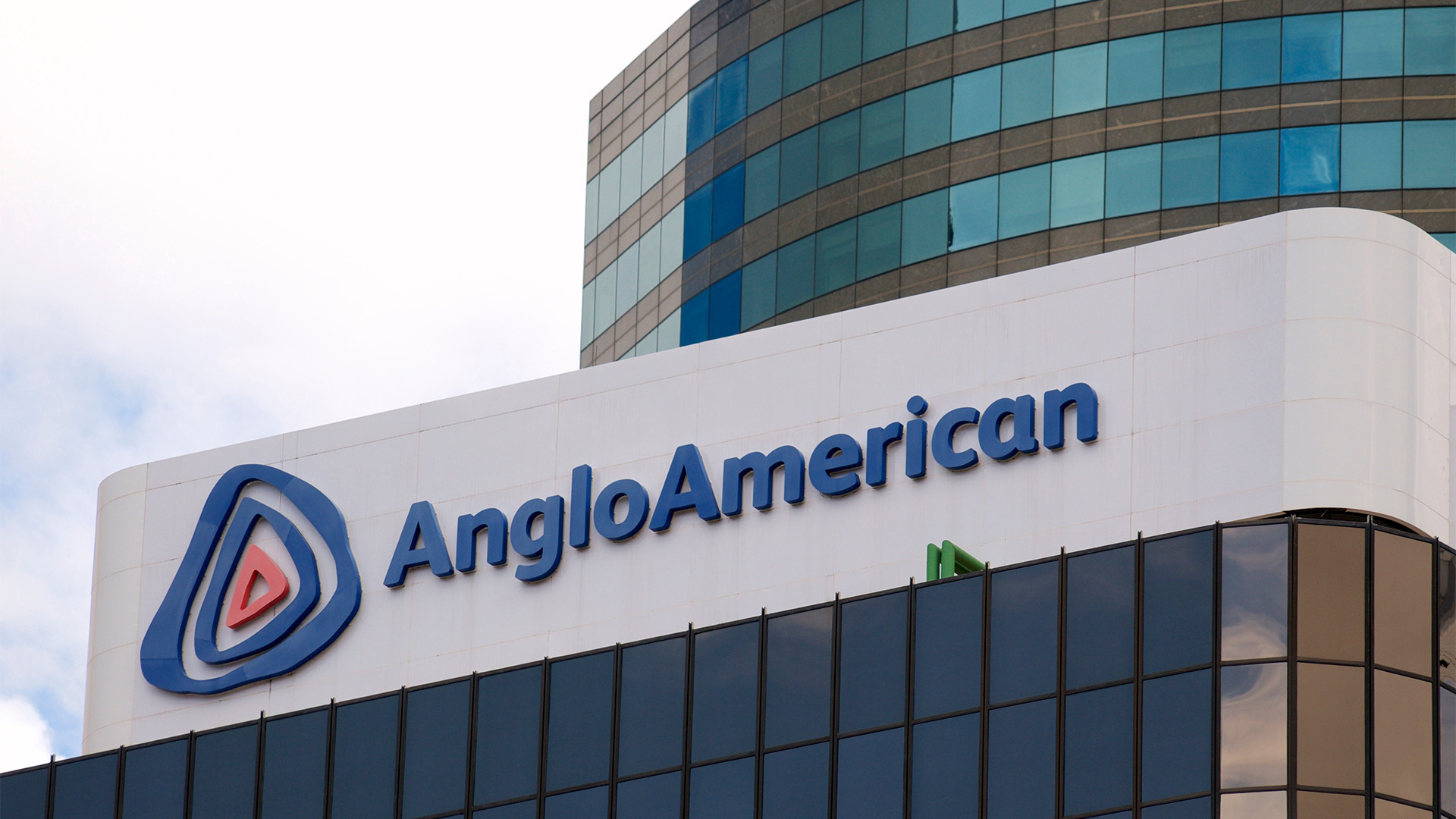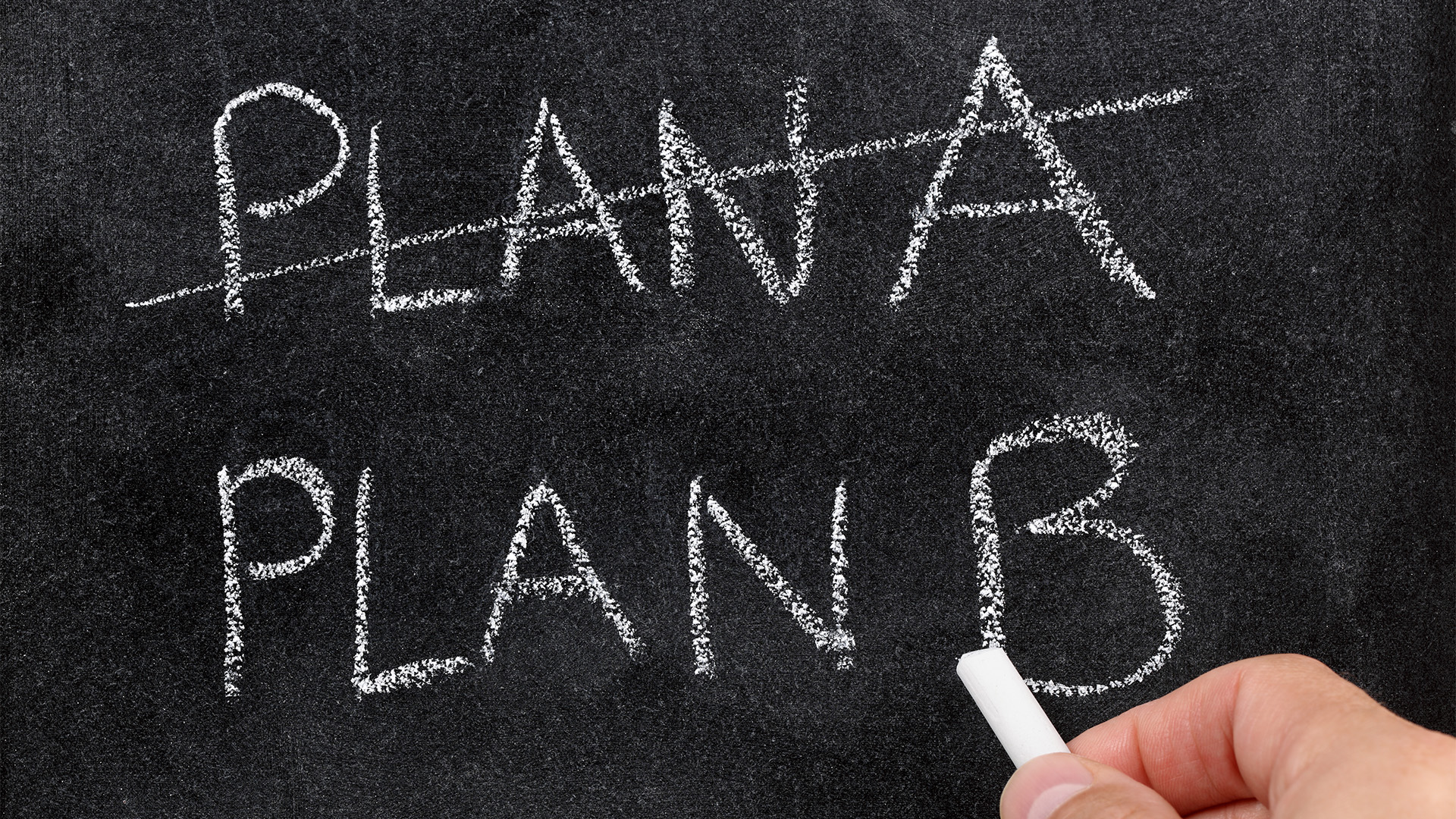The building and construction boom is still going strong.
Official figures from the Australian Bureau of Statistics yesterday confirmed the strength of Wednesday's data on construction work done in March quarter, which showed a strong 2.7 per cent rise overall.
Yesterday's ABS stats on new private sector capital spending and capex plans showed a similar continuation of past strength and intentions, although they were distorted by the arrival of Telstra as a private company after the full privatisation late last year.
The ABS said new private capital expenditure (capex) rose 9.1 per cent in real terms, seasonally adjusted, in the March quarter (That includes Telstra).
It rose to $19.492 billion, from a downwardly revised $17.860 billion in the December quarter, the ABS said.
Building and construction spending rose 17.2 per cent and plant and equipment by six per cent.
Economists said that excluding the impact of Telstra, capex growth was better than forecast at 4.7 per cent.
That growth was the best for 18 months, even without Telstra's inclusion.
The Telstra adjustment would also showed up building capex, up 10.1 per cent and plant and equipment up 2.6 per cent. (That's with Telstra included in the December quarter as well, to make for a better comparison).
These numbers, and Wednesday's ABS figures on construction work done, suggest solid business investment growth in next week's National Accounts.
However, the forward estimates of private sector capex have been muddied by the inclusion of a privately-owned Telstra (it was included in the Government sector of the national accounts).
For that reason the size of the increases might be a bit more than they would normally be.
But regardless of the lack of clarity, the investment figures for this year and for the 2008 financial year show the investment boom is still going strongly.
According to the ABS, the latest estimate for business expenditure in 2007-08 is $70.029 billion, which is 21.7 per cent higher than the previous corresponding estimate for 2006/07.
The latest estimate of capex in the current financial year is $78,062 billion.
The ABS said this was: "9.3% higher than the corresponding estimate for 2005-06 and 5.6% higher than the fifth estimate for 2006-07".
…………………..
Meanwhile our topsy turvy trade performance continued in April.
The trade deficit fell to $962 million from $1.63 billion in March. That compares to a deficit in February of $759 million.
The ABS said exports rose one per cent and imports fell two per cent in April.
Total exports reached $18.08 billion in April but rural shipments declined 3 per cent. Exports of non-rural goods, such as minerals, rose 3 per cent while services exports grew 1 per cent.
Total imports rose to $19.04 billion from March with imports of capital goods falling 7 per cent; imports of intermediate goods, (such as oil) falling 2 per cent. Consumer goods imports fell 1 per cent.
The April figure compares to the recent peak of $2.4 billion in November 2004, and the improvement is a solid pointer to the way the resources boom has been stimulating exports.
This despite capacity constraints holding back coal shipments in Queensland and NSW, and the impact of the drought on exports of grains and other rural products.
China is the single biggest difference, along with India, and the latest figures confirm just how important they have become to our export performance.
China is already our biggest trading partner and the latest ABS numbers show that exports to China in the 10 months to April 30 jumped 28 per cent from the first 10 months of 2006.
Exports to India surged 32 per cent and already exceed the total for all of the 2006 financial year.
India overtook the US as Australia's fourth-biggest export market for the first time in the period, behind Japan, China and South Korea in that order.
The ABS said that in non-adjusted terms (original), the April 2007 balance on goods and services was a deficit of $389m, a decrease of $602m on the deficit in March.
In the ten months to April, exports of non-rural and other goods were up $14.4b (14%) and rural goods were up $0.3b (1%) on the corresponding period in 2005-06.
………….
Meanwhile the Reserve Bank reported that total credit provided to the private sector by financial intermediaries rose by 1.2 per cent over April 2007, following a rise of 1.1 per cent over March. Over the year to April, total credit rose by 14.5 per cent.
Growth in lending for housing and other personal credit slowed in April to just 0.9 per cent, while personal credit rose by 0.7 per cent.
The RBA figures said business lending jumped 1.7 per cent, taking the annual growth rate in the sector to a high 16.8 per cent.
That won't worry the RBA with business lending growing strongly and housing lending running at a more moderate level. The growth in personal credit would also be comforting.













